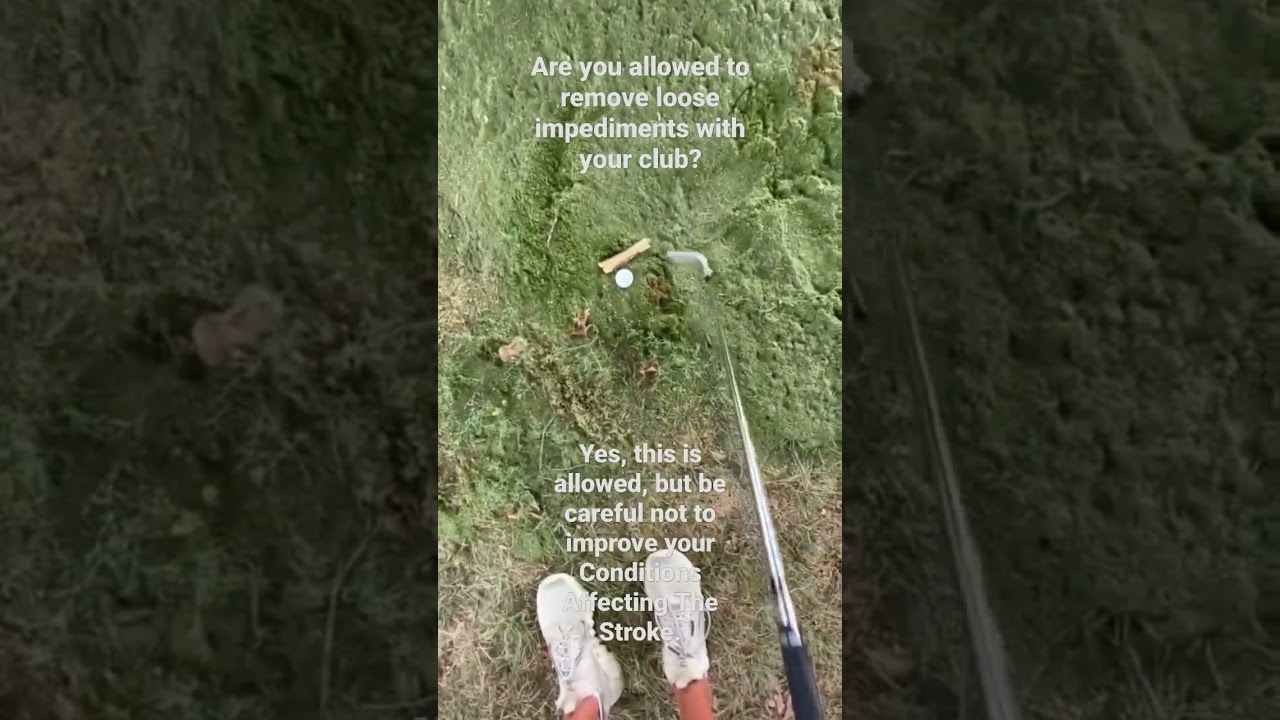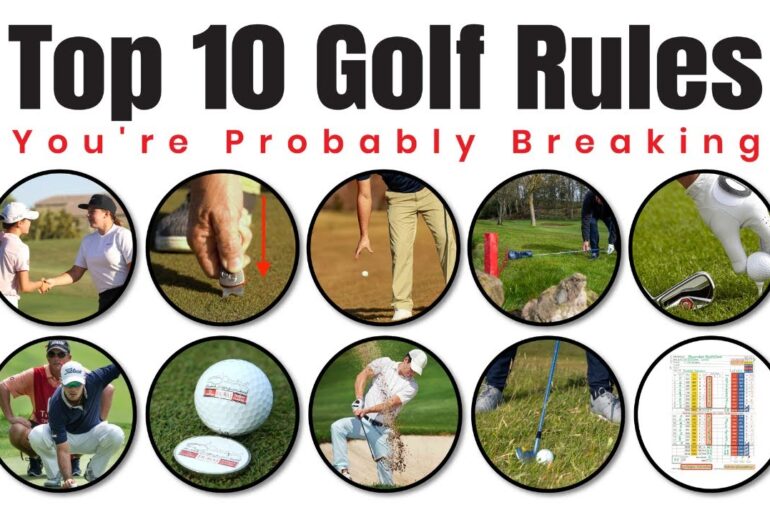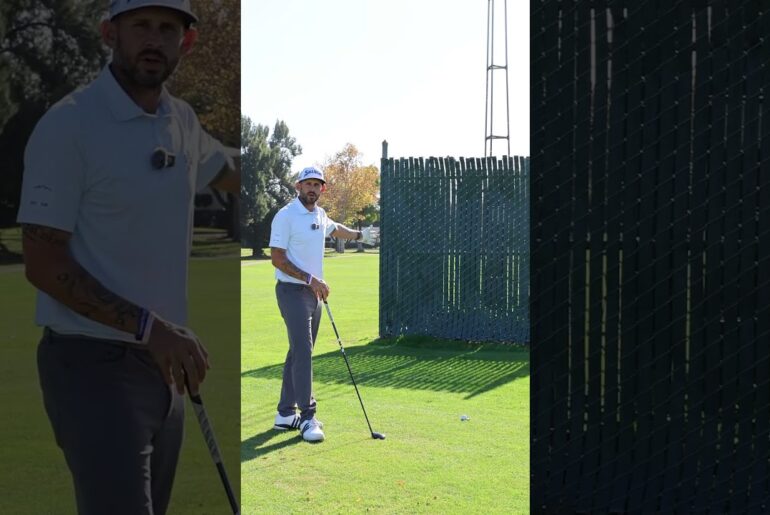Loose Impediments
a
Removal of Loose Impediment
Without penalty, a player may remove a loose impediment anywhere on or off the course, and may do so in any way (such as by using a hand or foot or a club or other equipment).
But there are two exceptions:
Exception 1 – Removing Loose Impediment Where Ball Must Be Replaced: Before replacing a ball that was lifted or moved from anywhere except the putting green:
A player must not deliberately remove a loose impediment that, if moved when the ball was at rest, would have been likely to have caused the ball to move.
If the player does so, he or she gets one penalty stroke, but the removed loose impediment does not need to be replaced.
This exception applies both during a round and while play is stopped under Rule 5.7a
. It does not apply to a loose impediment that is removed as a result of marking the spot of a ball, lifting or replacing a ball or causing a ball to move.
Exception 2 – Restrictions on Deliberately Removing Loose Impediments to Affect Ball in Motion (see Rule 11.3).
b
Ball Moved When Removing Loose Impediment
If a player’s removal of a loose impediment causes his or her ball to move:
The ball must be replaced on its original spot (which if not known must be estimated) (see
Rule 14.2).
If the moved ball had been at rest anywhere except on the putting green (see Rule 13.1d) or in the teeing area (see Rule 6.2b(6)), the player gets one penalty stroke under Rule 9.4b, except when Rule 7.4 applies (no penalty for ball moved during search) or when another exception to Rule 9.4b applies.
Penalty for Playing Incorrectly Substituted Ball or Playing Ball from a Wrong Place in Breach of Rule 15.1: General Penalty Under Rule 6.3b or 14.7a
.
If multiple Rule breaches result from a single act or related acts, see
Rule 1.3c(4).







